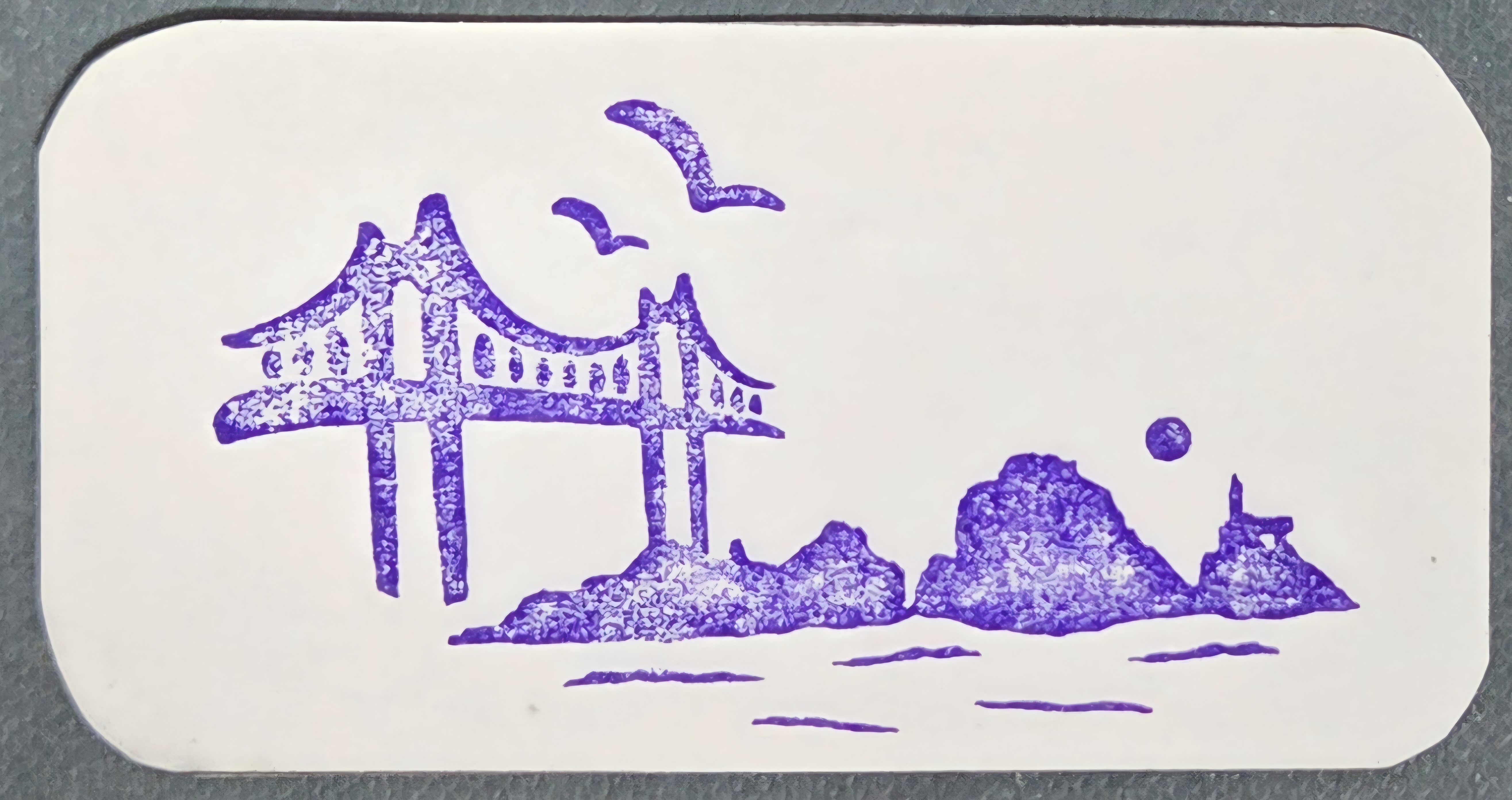해녀의 기원은 고대 원시 어업 부터이다. 2016년 유네스코는 제주 해녀문화의 가치와 보전의 필요성을 인정해서 무형문화유산으로 등재했다. 우리나라 해녀는 약 2만명으로 추산하는데 대부분이 제주도 출신이다.
제주는 화산섬으로 토양이 농사 짓기에 적합하지 않다. 대부분의 남자들이 고기잡이 배를 타야 했고 배를 타다가 돌아 오지 못하면 여자들이 생계를 책임져야 했다.
해녀들은 개인보다는 공동의 이익을 먼저 생각하고 바다를 단순히 채취의 대상으로 여기지 않고 공존의 대상으로 인식 했다. 문화적인 측면에서도 바다를 관장하는 용왕신에게 안전과 풍어를 비는 해녀굿을 비롯해 해녀노래 등도 전승해 왔다. 해녀들의 무자맥질은 수심 5m에서 30초 정도를 견딜수 있고 필요에 따라서는 수심 20m까지 들어가서 2분 이상을 견딜때도 있다.
잠수능력도 해산물을 찾아내는 경험치에 따라서 등급이 존재한다. 해녀를 등급으로 나누자면 다음과 같다.
1. 상군 : 15m 이상 잠수
2. 중군 : 8~10m 이상
3. 하군 : 5~7m 이상
1105년(고려숙종10년) 탐라군에 부임한 윤응균이 " 해녀들의 나체조업을 금한다."는 금지령을 내렸다. 조선 인조때는 " 남녀가 어울려 바다에서 조업하는 것을 금한다 " 는 엄명을 내렸다.
제주 목사 이건(1628~1635년 부임)은 해녀들이 한겨울에도 거의 벌거벗은 몸으로 조업하는 것을 안타깝게 여겨 평생 해녀들이 잡은 해산물은 먹지 않았다 한다.
그가 쓴 [제주풍토기] 에는 제주도의 기후와 토지 상태, 풍습, 실생활 등을 기록하고 해녀들의 생활모습이 상세히 묘사되어 있다.
1970년대 까지만 해도 제주도 해안 마을의 소녀들은 `애기마당` 이라는 얕은 바다에서 물질을 배워서 해녀가 되었다. 1980년대 들어서면서 해녀일이 숙명이 아니라는 인식에서 선택의 대상이 되었다. 2008년 이후 제주도 어촌계에서 설립한 해녀학교가 등장하면서 체계적인 물질교육이 가능해 졌고 해녀문화를 전수하고 있다.
해녀들의 장비는 망사리(주머니), 태왁(가슴에 안고 헤엄치는 부력이 있는것), 비창(30cm 가량의 단단한 무쇠칼), 호미(제주에서는 낫을 호미라 한다), 갈갱이(호미), 갈쿠리, 소살(1m정도의 작살), 눈(수경), 물옷 등이 있다.
The origin of haenyeo (female divers) dates back to primitive fishing in ancient times. In 2016, UNESCO recognized the cultural value of Jeju haenyeo and the need to preserve it by inscribing it on the list of Intangible Cultural Heritage. It is estimated that there are about 20,000 haenyeo in Korea, most of whom are from Jeju Island.
Jeju is a volcanic island, and its soil is not well-suited for farming. Most men had to go out to sea on fishing boats, and if they did not return, women were left to support their families. Haenyeo prioritized the well-being of the community over individual gain, and they regarded the ocean not merely as a source of harvest but as a space for coexistence. Culturally, they have passed down rituals such as the haenyeo gut—a shamanistic ceremony to pray to the Dragon King for safety and a good catch—as well as traditional songs.
In terms of diving ability, haenyeo can hold their breath for about 30 seconds at a depth of 5 meters, and some can go as deep as 20 meters for over 2 minutes when needed.
Based on experience and skill in harvesting seafood, haenyeo are categorized into the following levels:
Sanggun (Upper-class diver): Dives over 15 meters
Junggun (Middle-class diver): Dives 8–10 meters
Hagun (Lower-class diver): Dives 5–7 meters.
In 1105 (the 10th year of King Sukjong of Goryeo), Yoon Eung-gyun, the newly appointed governor of Tamna, issued a ban prohibiting haenyeo from diving naked. During the reign of King Injo of Joseon, an order was given to ban mixed-gender fishing activities. Governor Lee Geon, who served from 1628 to 1635, felt pity for the haenyeo who worked almost naked even in the harsh winter. Out of respect, he reportedly refrained from eating any seafood caught by haenyeo throughout his life.
In his book Jeju Pungtogi (Record of Jeju's Climate and Customs), he documented Jeju’s climate, land, customs, daily life, and included detailed descriptions of haenyeo life.
Until the 1970s, young girls in coastal villages of Jeju learned to dive in shallow waters called Aegi Madang (children's sea) and became haenyeo. By the 1980s, the perception shifted from diving being a destiny to a matter of choice. Since 2008, haenyeo schools established by local fishing cooperatives have provided systematic training and helped preserve haenyeo culture.
Haenyeo equipment includes:
Mang-sari (net bag)
Taewak (a buoy held to the chest while swimming)
Bichang (a short, sturdy iron knife about 30 cm long)
Homi (a sickle, called homi in Jeju dialect)
Galgaengi and Galkuri (types of tools similar to sickles)
Sosal (a 1-meter-long harpoon)
Nun (goggles)
Mulot (diving suit)

'Inside Korea' 카테고리의 다른 글
| Jinhae Cherry Blossom 진해벚꽃 (3) (0) | 2025.03.31 |
|---|---|
| Jinhae Cherry Blossom 진해벚꽃 (2) (0) | 2025.03.31 |
| Jinhae Cherry Blossom 진해벚꽃 (1) (1) | 2025.03.31 |
| Korean pine tree 한국의 소나무 (2) (0) | 2025.03.04 |
| Korean pine tree 한국의 소나무 (1) (2) | 2025.03.02 |

